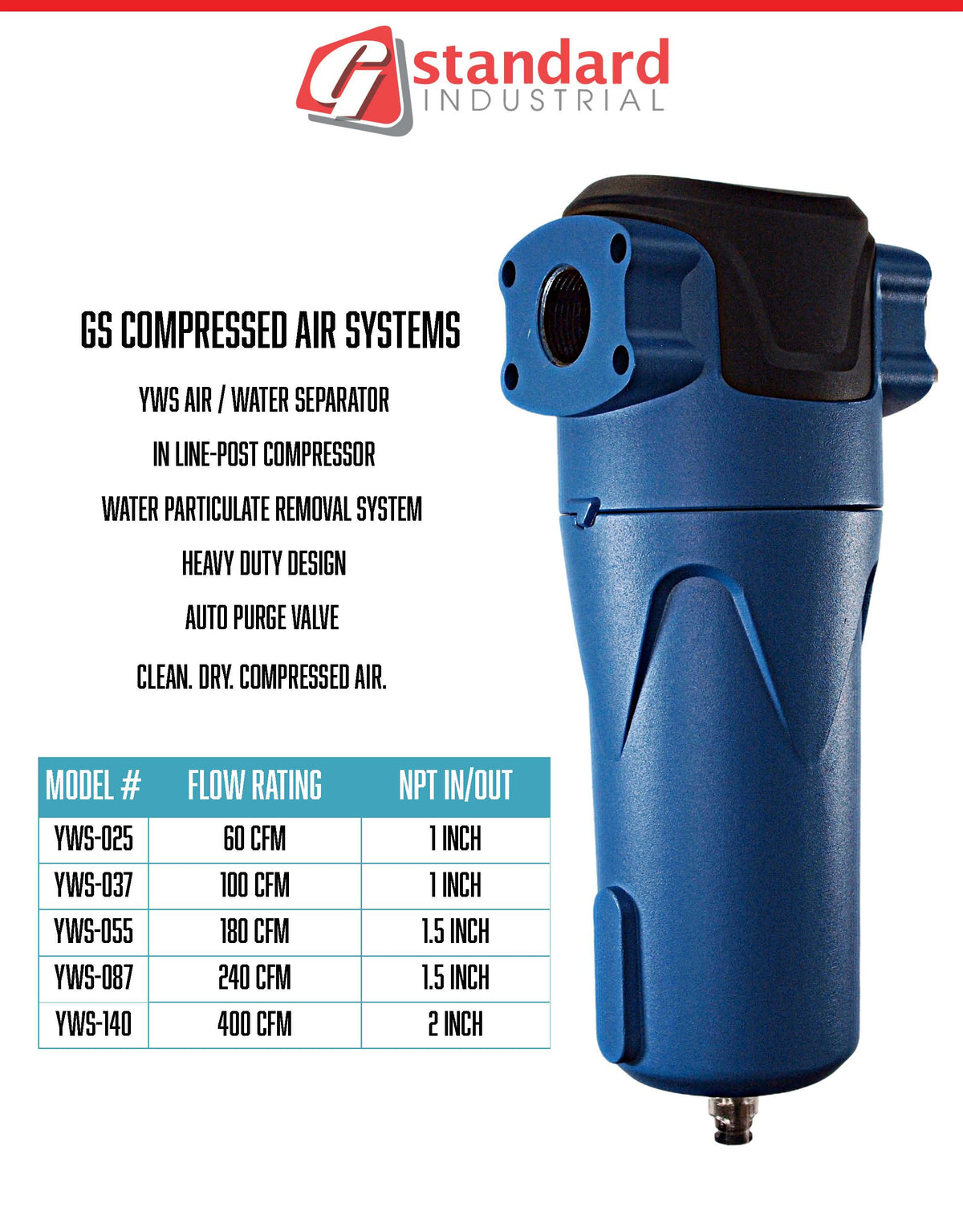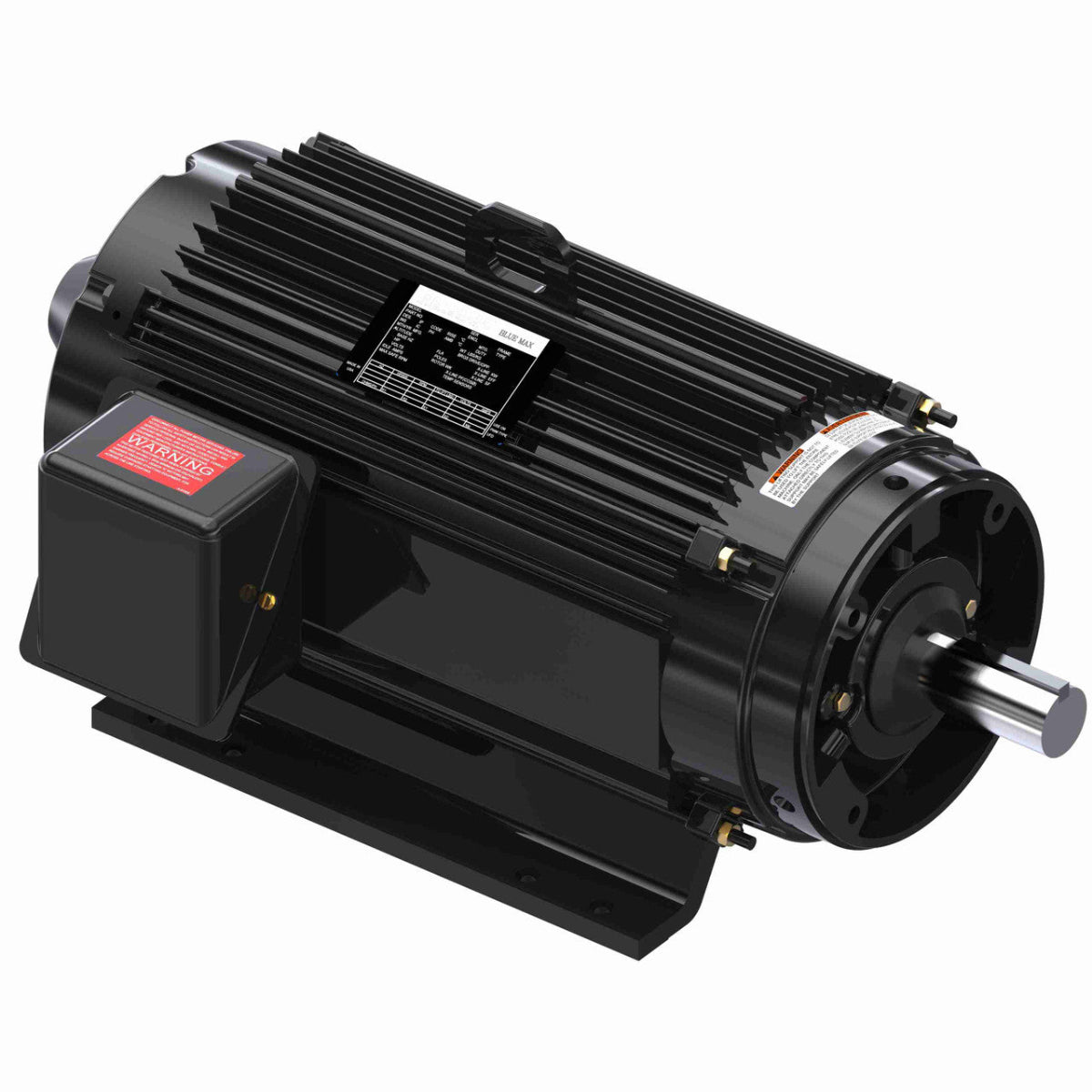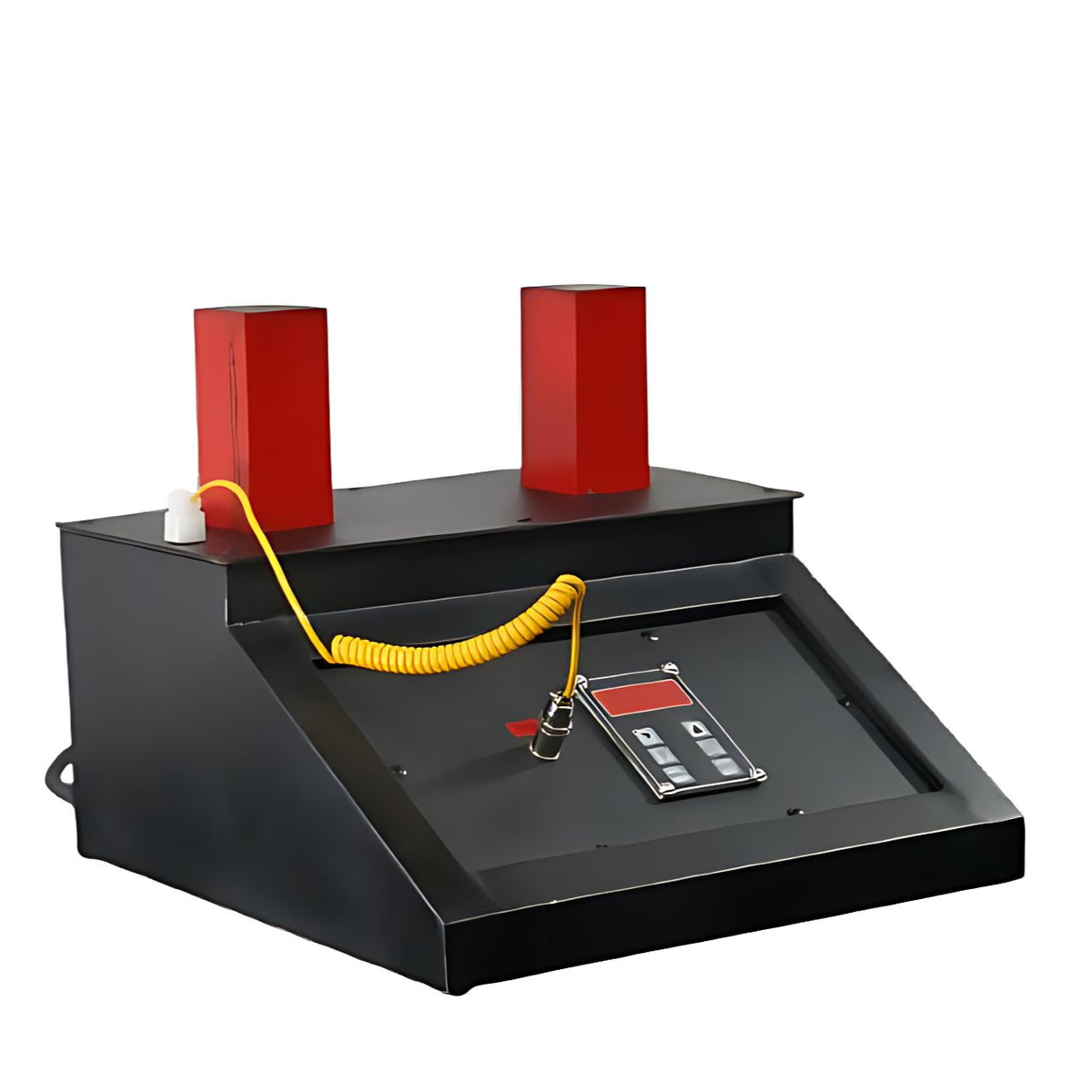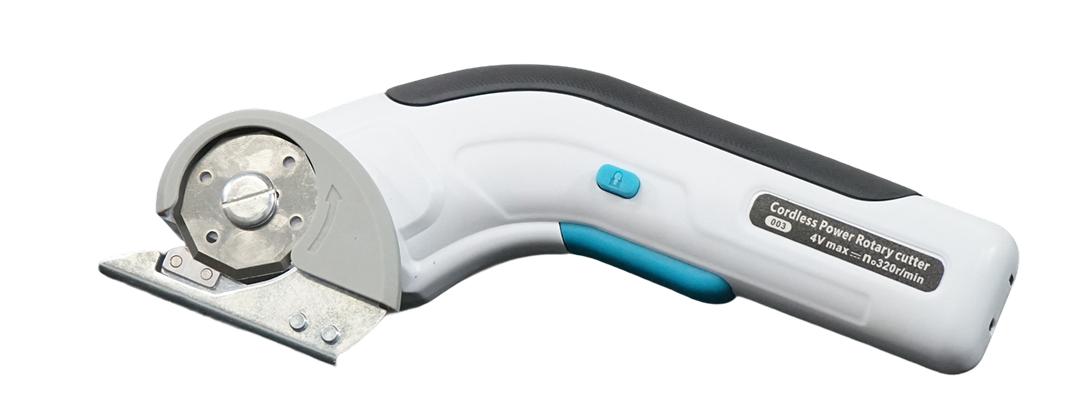Author: Noah Gilbertson
Presented by: G Standard Industrial
Artificial Intelligence (AI) is no longer a futuristic concept in manufacturing; it is a present-day tool driving the fourth industrial revolution, or Industry 4.0. Its impact on manufacturing equipment, from CNC machines to rotary screw air compressors, is transformative, moving operations from reactive and preventive maintenance to a truly predictive and autonomous paradigm.
1. Predictive Maintenance (PdM) and Anomaly Detection
This is the most significant and widespread application of AI in manufacturing equipment today. It moves beyond scheduled, time-based maintenance to condition-based and predictive maintenance.
-
How it Works: AI algorithms, particularly machine learning (ML) models, are trained on vast datasets of equipment sensor data (e.g., vibration, temperature, pressure, power draw, acoustic emissions) collected under both normal and faulty conditions. These models learn the unique "digital signature" of a healthy machine.
-
Impact: The AI system can then analyze real-time sensor data to detect subtle deviations and anomalies that would be imperceptible to human operators or traditional threshold-based alarms. It can predict specific component failures—such as a bearing wear in a compressor screw block or the degradation of a dryer's desiccant—weeks before they occur. This allows maintenance to be scheduled during planned downtime, preventing costly unplanned outages and catastrophic equipment failure. This means AI can ensure maximum uptime and reliability for our clients.
2. Process Optimization and Autonomous Operation
AI is used to optimize manufacturing processes in real-time, maximizing output, quality, and efficiency while minimizing waste and energy consumption.
-
How it Works: AI systems can control and fine-tune equipment settings by analyzing continuous feedback loops. For example, an AI controlling a compressed air system wouldn't just maintain pressure; it would learn the plant's unique air usage patterns and dynamically adjust the operation of multiple compressors and dryers to deliver the required air at the absolute lowest energy cost.
-
Impact: This leads to significant energy savings, improved product quality through consistent process parameters, and reduced material waste. AI can run complex simulations to find the optimal setpoints for equipment that would be impossible for a human to calculate in real-time.
3. Generative Design for Advanced Equipment
AI is also revolutionizing how the equipment itself is designed. Generative design is an iterative design process that uses AI algorithms to explore thousands of possible design configurations based on constraints set by engineers (e.g., weight, strength, material, cost).
-
How it Works: The engineer defines the problem and the parameters, and the AI generates numerous design options, often with organic, lattice-like structures that are both lighter and stronger than traditional designs.
-
Impact: This allows manufacturers like G Standard Industrial to design next-generation equipment that is more efficient, uses less material, and has improved performance characteristics. For instance, it could lead to an optimized compressor housing that minimizes noise and vibration or more efficient internal fluid pathways.
4. Computer Vision for Quality Control and Safety
AI-powered computer vision systems are being deployed on production lines to perform quality inspection tasks with superhuman speed and accuracy.
-
How it Works: Cameras capture images of products or components, and AI models are trained to identify defects, cracks, misalignments, or other non-conformities. These systems can also enhance safety by monitoring workspaces to ensure personnel are wearing proper protective equipment or are not in a dangerous proximity to operating machinery.
-
Impact: This drastically reduces defect rates, improves overall product quality, and enhances workplace safety. It frees human workers from monotonous inspection tasks to focus on more value-added activities.
Conclusion:
The impact of AI on manufacturing equipment is a shift from automation to autonomy. Equipment is becoming self-aware, self-optimizing, and self-diagnosing. This transformation is leading to unprecedented levels of efficiency, quality, and reliability. Manufacturers and equipment providers who embrace AI, like G Standard Industrial, are positioning themselves at the forefront of this industrial evolution, offering smarter, more connected, and more reliable solutions to their customers.
Sources for this Article:
-
Lee, J., Bagheri, B., & Kao, H. A. (2015). *A Cyber-Physical Systems architecture for Industry 4.0-based manufacturing systems*. Manufacturing Letters, 3, 18-23. https://doi.org/10.1016/j.mfglet.2014.12.001
-
IBM. (n.d.). What is predictive maintenance?. IBM Internet of Things. Retrieved from https://www.ibm.com/topics/predictive-maintenance
-
Autodesk. (n.d.). What is Generative Design?. Retrieved from https://www.autodesk.com/solutions/generative-design
-
World Economic Forum. (2023). The Future of Jobs Report 2023. Retrieved from https://www.weforum.org/reports/the-future-of-jobs-report-2023/




0 comments